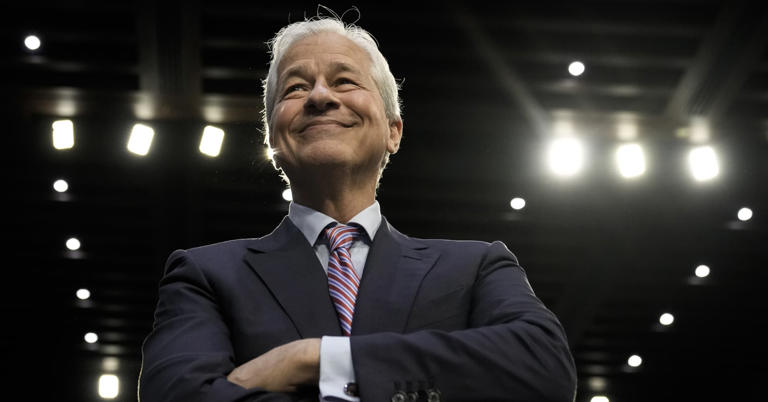Jamie Dimon, the influential chairman and CEO of JPMorgan Chase, recently addressed concerns about the resilience of the U.S. economy, raising the specter of a “hard landing” scenario. Speaking at the JPMorgan Global China Summit in Shanghai, Dimon’s candid remarks underscored the complex interplay of factors shaping economic outlooks and policy decisions.
Dimon’s acknowledgment of the possibility of a “hard landing” reflects a sober assessment of historical patterns and economic dynamics. Drawing from lessons learned from past economic cycles, Dimon emphasized the importance of vigilance and preparedness in navigating potential challenges ahead. His cautionary tone resonates with investors and policymakers alike, who are keenly attuned to signals of economic vulnerability amidst a backdrop of global uncertainty.
The scenario Dimon outlined, characterized by stagflation, represents a delicate balancing act for policymakers. Stagflation, marked by a combination of rising inflation and stagnant economic growth, poses unique challenges that require nuanced policy responses. Dimon’s recognition of this risk underscores the need for proactive measures to mitigate its impact and safeguard economic stability.
Despite these concerns, Dimon struck a note of cautious optimism regarding the resilience of the consumer sector. Pointing to key indicators such as low unemployment rates, rising wages, and robust asset prices, Dimon highlighted the underlying strength of consumer confidence. However, he also noted the potential headwinds posed by inflationary pressures and the waning effects of government stimulus measures, signaling a need for continued monitoring of consumer sentiment and spending patterns.
Dimon’s remarks come at a time of heightened attention to inflationary pressures, as evidenced by recent minutes from the Federal Reserve’s May meeting. The Federal Open Market Committee’s cautious stance on monetary policy reflects a delicate balancing act between supporting economic recovery and addressing inflationary risks. Dimon’s insights add to the ongoing dialogue surrounding the Fed’s policy trajectory and its implications for financial markets and the broader economy.
Overall, Dimon’s commentary offers a nuanced perspective on the challenges and opportunities facing the U.S. economy. By acknowledging the potential for a “hard landing” while also highlighting areas of resilience, Dimon underscores the importance of adaptability and foresight in navigating uncertain economic terrain. As stakeholders grapple with evolving economic dynamics, Dimon’s insights serve as a valuable contribution to ongoing discussions about the path forward for the U.S. economy.
